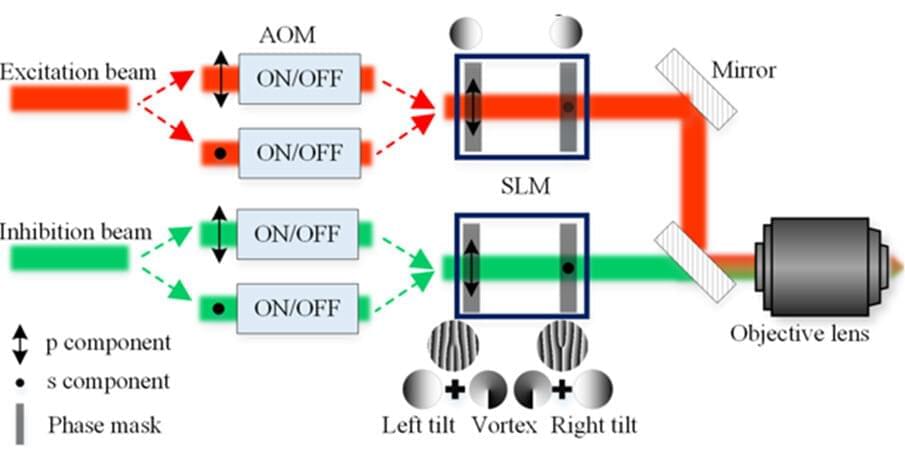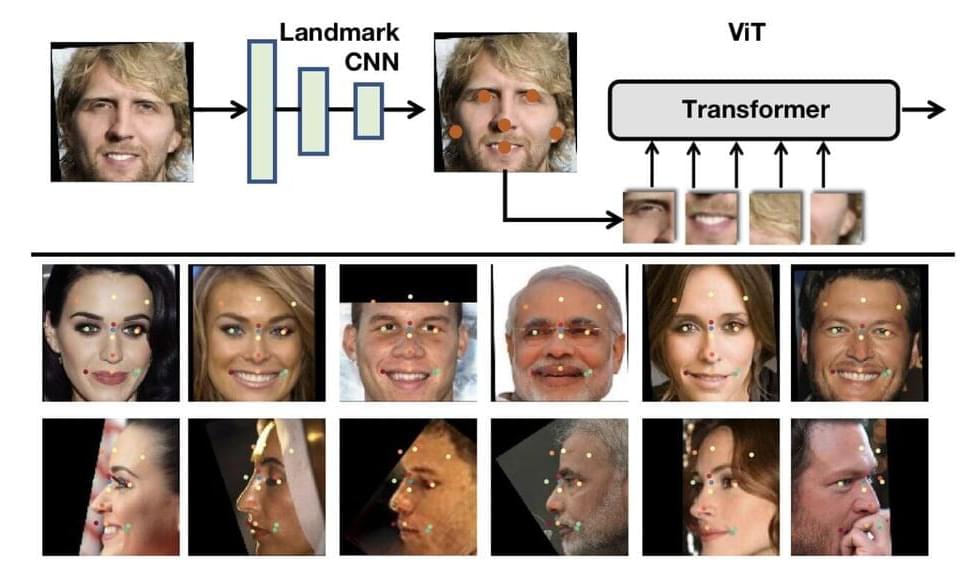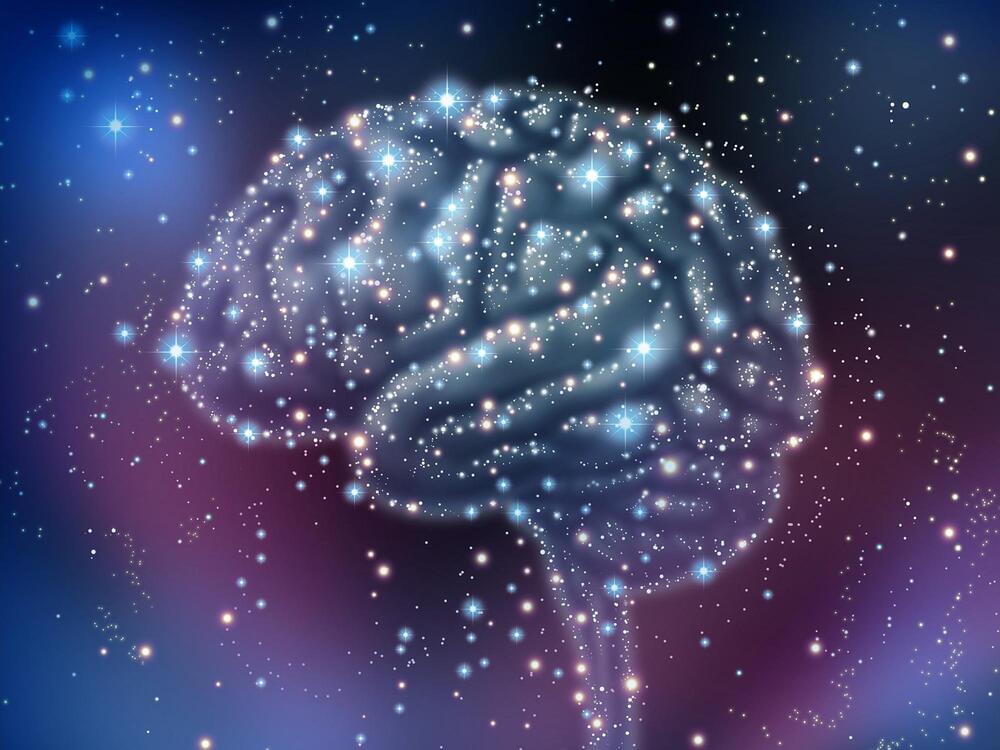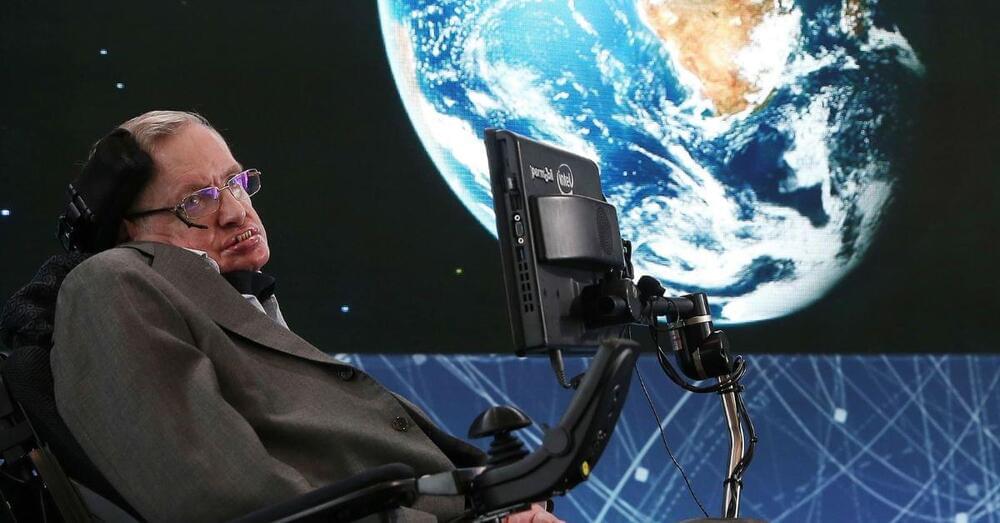Dec 19, 2022
Research team develops direct laser writing system for high-resolution, high-efficiency nanofabrication
Posted by Saúl Morales Rodriguéz in categories: computing, nanotechnology
Peripheral photoinhibition (PPI) direct laser writing (DLW) is a lithography technique used to fabricate intricate 3D nanostructures that are widely employed in photonics and electronics. PPI-DLW uses two beams, one to excite the substrate and cause polymerization and the other to inhibit and quench the excitation at the edges. The capacity is limited in some systems, which can be improved through multifocal arrays. However, computing these beams is both time-and memory-intensive.
Recently, a group of researchers from Zhejiang University developed a parallel peripheral-photoinhibition lithography (P3L) system that can achieve higher efficiency nanoscale fabrication. Their work is published in Advanced Photonics
“The P3L system uses two channels, which allows the execution of different printing tasks and permits the system to fabricate highly complex structures with different periodicities,” says senior author Xu Liu.


















